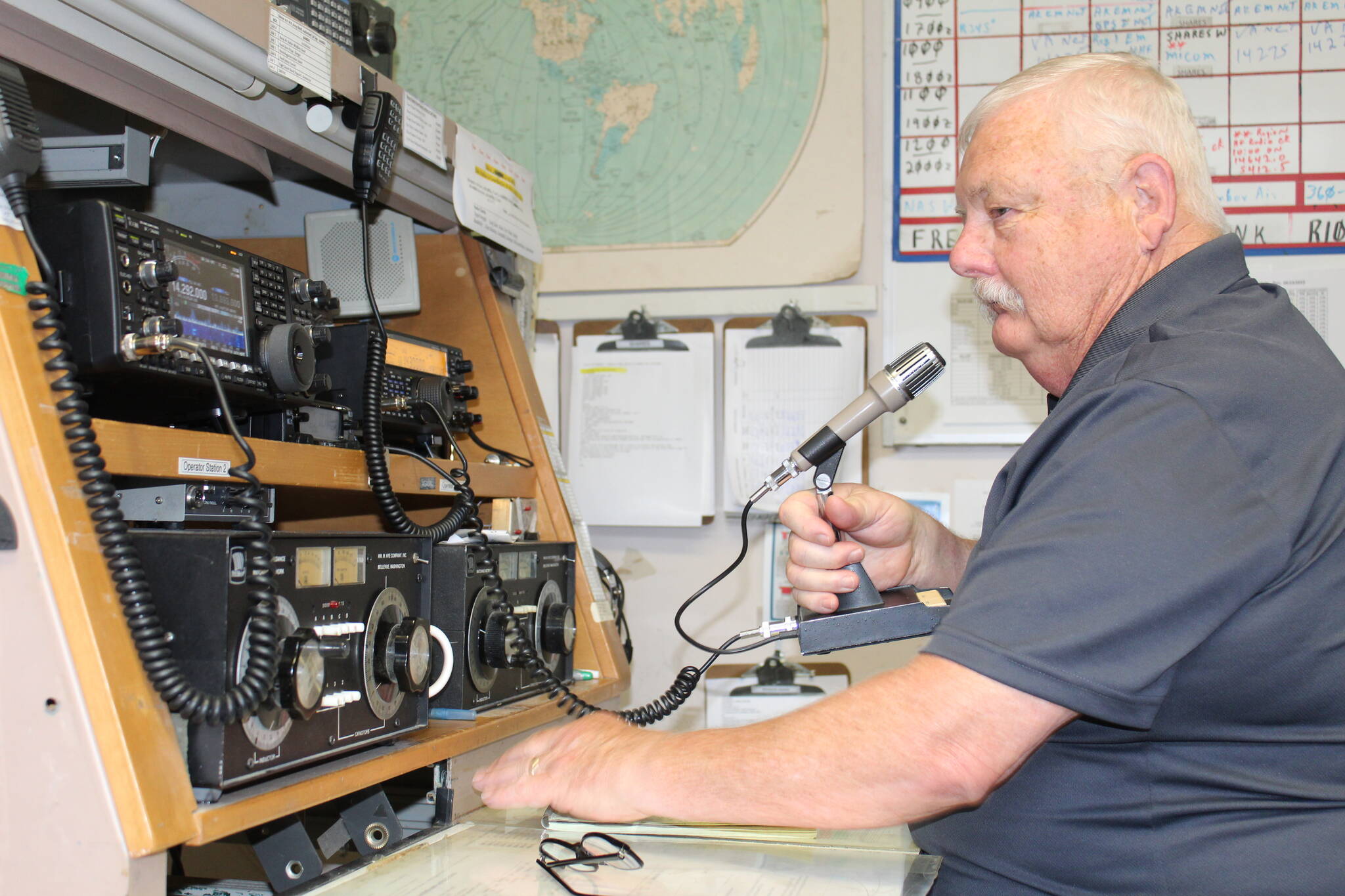Last month, Naval Air Station Whidbey Island’s radio station participated in a continent-spanning test that could foreshadow an expansion of the station’s role in daily naval operations.
A military officer from Washington, D.C. relayed 10 days of weather forecasts to the USS Sampson, an Arleigh Burke-class destroyer in the Pacific Ocean, via the Military Auxiliary Radio Service Station located at NAS Whidbey.
Retired Navy Cmdr. Terry Sparks estimated it has been at least 10 or 15 years since NAS Whidbey’s radio station communicated directly with a ship. The station used to send “family grams” to Navy personnel at sea but has only communicated with other land based stations in recent years, according to Sparks, who currently serves as the assistant officer in charge of the station.
The test commenced July 21. Each day of the test, the station sent a weather message prepared on the East Coast to the ship using four different modulation modes via high frequency transmissions. Midway through the test, an additional mode was added so the team could include images with the daily forecast.
The test was highly successful, Sparks said. The station primarily serves as a backup form of communication in case of an emergency. Should a major earthquake or tsunami disable other forms of communication such as cell phones, satellite and the internet, only radio would remain a viable option, Sparks said.
Daily operations by those who man the station consist primarily of practicing for such an event, Sparks said. He and the rest of the station team practice connecting with contacts in various networks to be prepared for the worst. NAS Whidbey Commanding Officer Eric Hanks recently awarded Sparks a Civilian Service Achievement Medal for his work at the station.
Sparks said he hopes to see the station’s role expand to include more operations.
“We’re actually looking at a new job for us,” he said. “We still do all the emergency stuff, but on a day-in and day-out basis, we could also be relaying messages for the Navy.”


